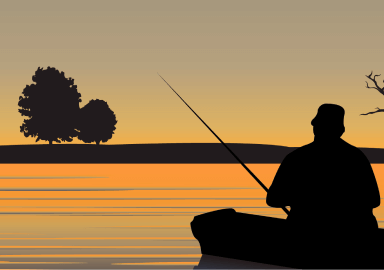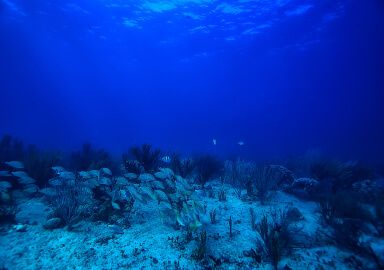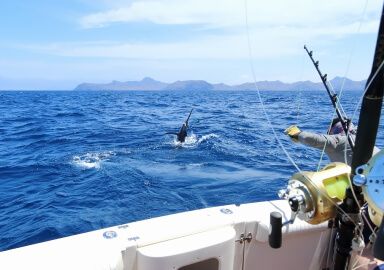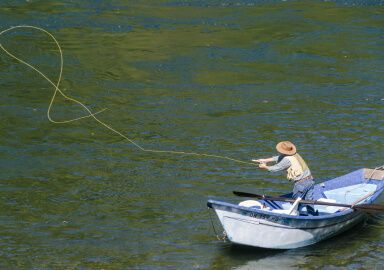Porbeagle Shark
Porbeagle are medium sized, robust and energetic sharks of the deeper, cooler waters of the Atlantic and southern oceans.
View 3 listings
3
listings
–
price starting from
1
countries
–
to the nearest trip
Where and When?
Porbeagle sharks have a strange, disjunct distribution being found mostly in the northern parts of both sides of the Atlantic Ocean and in similar latitudes around South America, southern Africa, Australia and New Zealand. Off the North American coast they are found on the eastern seaboard from New Jersey, south to Florida and, in the western Atlantic Ocean, from Norway to the Mediterranean Sea, but are absent from the Black Sea. They are generally fish of the open-ocean and deep waters, but undertake daily movements into shallower water, or higher in the water column, to feed. They can enter the intertidal zone for short periods before retreating to deeper water. Their depth range is reported as 1-1 360 m. (3.3-4 460 ft.) and most, or possibly all, porbeagle sharks undertake extensive annual migrations. In December females have been tracked travelling over 2 000 km. (1 242 miles) to the Sargasso Sea to have their pups. The young “hatch” and develop inside their mother where they feed on other eggs and their siblings, before an average of four pups are birthed.
About Porbeagle Shark
Porbeagle sharks (Lamna nasus) are dark blue to grey on their backs while their bellies tend to be creamy or even white. The base of the first dorsal fin has a small training flap which can be grey or even white and “flaps” when the fish swims. They have a “standard” shark shape, but their middle section is much more robust, or stout, than other sharks and the flukes of the tail fin are crescent shaped with the upper lobe only slightly longer than the lower. The large mouth on the underside of the front of the pointed snout is also crescent shaped and armed with a fierce array of fairly straight, sharp, strong teeth. Porbeagle sharks can grow to 2.5 m. (8 ft. 2 in.) and a mass of 135 kg. (298 lbs.), but most are caught at under 2 m. long (6 ft. 7 in.). They feed opportunistically on bony fishes and cephalopods, mostly squid, in the water column. Porbeagle sharks are endothermic (warm-blooded) meaning that they can raise their body temperatures well above that of the surrounding waters. They are solitary or found in small groups, usually in deepish water and are a fast, active shark, but, despite this, rarely attack humans or cause serious injury.
How to Catch?
Porbeagle sharks are popular and important to both commercial and sport fishers and have been so for many decades. In the eastern Atlantic, commercial long line fishing was so intense that it caused a stock collapse in the 1950’s but, following restrictions, it has partially recovered. These sharks are popular as their flesh has a reputation for being tasty and similar to that of the swordfish, a prime commercial target. Recreational anglers also favour this species as it is a strong, powerful fighter and even occasionally leaps out of the water.
Most fishing is carried on from boats, due to the fish’s preference for deeper waters, and much takes place after dark as it mostly feeds then. With local knowledge and at the right time of year, they may be caught close inshore and even on the fly, but most fishing is carried out from private and charter boats along the eastern seaboard of USA and western coast of northern Europe. Night is undoubtedly the best time to try to catch them and drifting, or trawling slowly using live or dead natural baits, are the most popular methods. It is often not easy to locate these sharks and so drifting is good and chumming, using fairly large quantities of chum, can assist greatly.
Similar Species
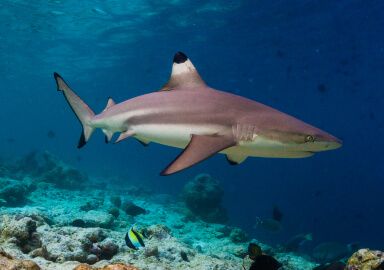 Blacktip Shark
22 offers
Blacktip Shark
22 offers
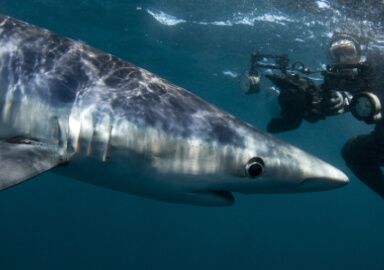 Blue Shark
6 offers
Blue Shark
6 offers
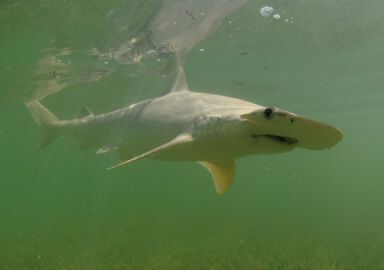 Bonnethead Shark
7 offers
Bonnethead Shark
7 offers
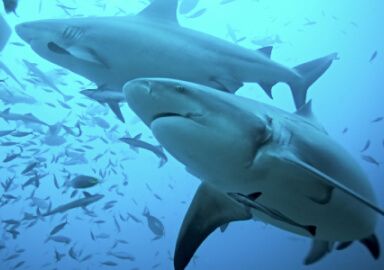 Bull Shark
13 offers
Bull Shark
13 offers
 Great White Shark
1 offer
Great White Shark
1 offer
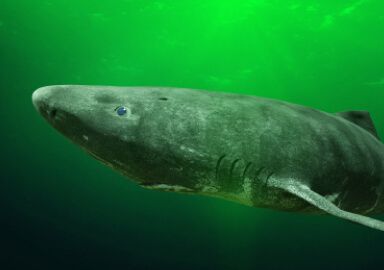 Greenland Shark
1 offer
Greenland Shark
1 offer
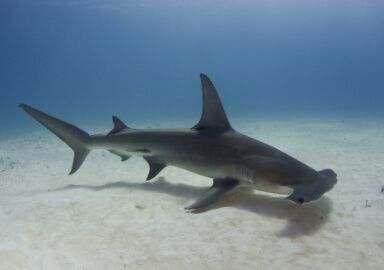 Hammerhead Shark
9 offers
Hammerhead Shark
9 offers
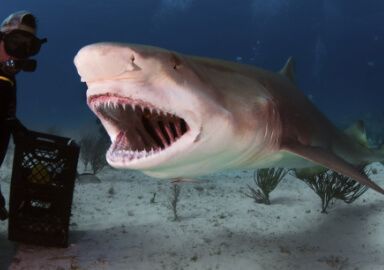 Lemon Shark
4 offers
Lemon Shark
4 offers
 Leopard Shark
1 offer
Leopard Shark
1 offer
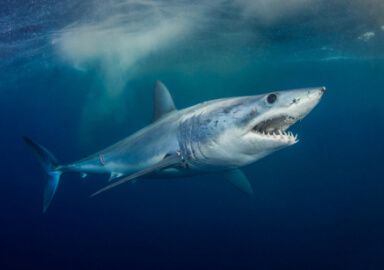 Mako Shark
28 offers
Mako Shark
28 offers
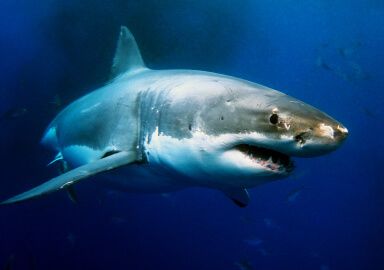 Shark
128 offers
Shark
128 offers
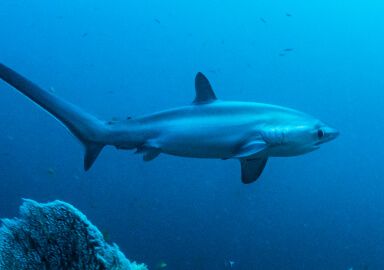 Thresher Shark
4 offers
Thresher Shark
4 offers
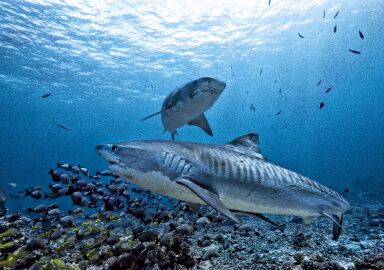 Tiger Shark
11 offers
Tiger Shark
11 offers
 Tope Shark
2 offers
Tope Shark
2 offers
